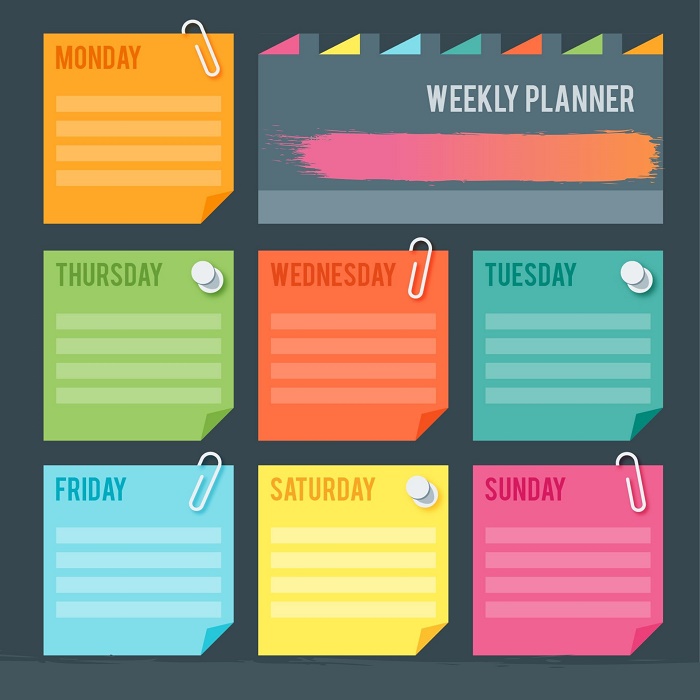
Daksh Haldar
June 30, 2019

Here you are again. Reading an article on how to avoid procrastinating when you probably have a dozen
tasks that are calling for your
attention. You are the proverbial college student- you have a test to study for, a research paper to
submit, and yet, the most interesting
thing to you is how you’ve not cleaned your room in ages! And so, off you go on a cleaning spree around
your house, cleaning up your desk,
tucking away the bed corners, rearranging your bookshelf alphabetically, and sorting out your wardrobe.
Then, having exhausted your physical
and mental capacities for the day, you have no motivation to contribute towards the completion of your
more pressing tasks. You put them off
for yet another day.
But what if I told you that you are not alone in this? That there are a billion others (at least) who
are doing the same thing as you- procrastinating.
You see, procrastination is one of those universal maladies that impedes the forward progression of
professional life and everyone experiences
it some time or the other. As James Suroweicki wrote in The New Yorker, “surveys show that the vast
majority of college students procrastinate,
and articles in the literature of procrastination often allude to the author’s own problems with
finishing the piece. (This piece will be no exception.)”

But such is the lure of procrastination. We find that what assails our ability to do work is the fact
that small distractions give us short bursts
of quick pleasure. Completing that article that you’re supposed to write might give you a sense of
accomplishment in the end, but in the present
moment what is most alluring is being able to browse social media or take up a DIY art project. Humans
are largely motivated by the proximity
of the reward; the further away a reward is, the more you disregard its value. Behavioural psychologists
have called this Hyperbolic discounting.
When faced with having to choose between a Hundred Dollars given today or a hundred and ten dollars
tomorrow, people often pick the hundred dollars today.
But say you extend the condition: a hundred dollars a month from now or a hundred dollars a month and a
day from now- people choose the latter.
Most people are, as the adage goes, “penny wise, pound foolish”.

People procrastinate for lots of different reasons. Often trapped in a repetitive cycle, they tend to
push the work away, then lose motivation,
when the deadline draws nearer, they work for longer under more stress, love faith in their work, then
tend to procrastinate further.
The fear of failure is another cause for people to procrastinate, and so is perfectionism. “This is the
perplexing things about procrastination,”
says Suroweicki, “although it seems to involve avoiding unpleasant tasks, indulging in it generally
doesn’t make people happy.”

As easy as it is to make intelligent witticisms about it, the fact remains that procrastination is a
problem that propels many individuals
to look for a solution, lest it become unmanageable. In fact, that is probably why you are here. Many
solutions exist for the same.
When talking about writers and artists, one often heard excuse is writers block. This is just another
way of saying “I don’t want to do it right now.”
But the solution only comes when you get down to sitting and write. Productivity workshops always echo
the mantra that Nike immortalised, “Just Do It”.
As Picasso once said, “to know what you’re going to draw, you have to begin drawing.”
Procrastination often arises from a muddy thought process. When you don’t know where you’re going, you
do not know what path to take
to get there. And if you manage to start with your work, you often don’t know where it is going to end.
Visualising the end of your
work will come in handy here. If you can, draft an outline, frame a timetable, walk your mind through
the procedure that you will
need to follow to achieve your goals.

Another effective measure that many productivity enhancers are using is the pomodoro technique. What
you do here is you work
in short bursts of twenty-five minutes, and then give yourself reward plus a five-minute break. You do
this while gradually
increasing the amount of time you spend working, until you’re working seamlessly.
You must also keep in mind to do away with other distractions. It is essential that you work from an
environment that does
not make demands that would in turn lead to you underperforming. Therefore, keep away all gadgets that
are not absolutely essential.
All other sources of information that are not directly related to work must also be done away with. This
includes games, newspapers,
and so on. If you feel the pull of these distractions is too strong, you may always put obstacles in the
path of you getting access to
these distractions. This may range from keeping the distracting objects in a different room, to having
them locked away for the duration
of the work time.
The problem of procrastination is an eternal one, faced by lay people as well as Nobel prize winners.
That is not to say
that it is insurmountable. It is only with practice that this can be controlled and it is crucial that
we learn to do so. Because,
as Annie Dillard says, “ho we spend our days is, of course, how we spend our lives.”




